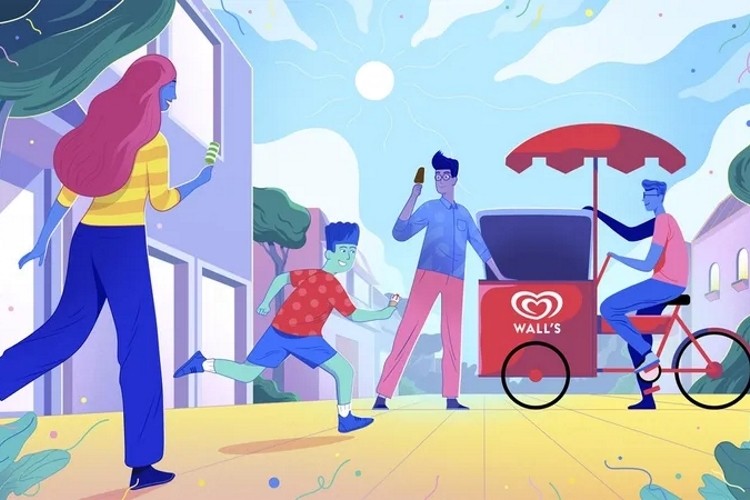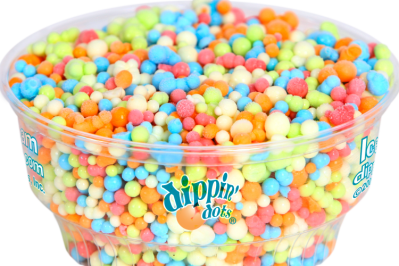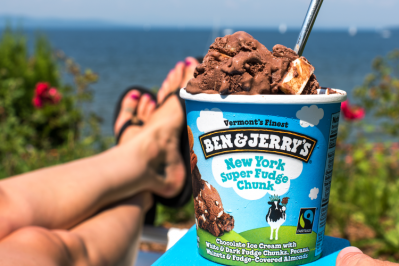Unilever to test warmer ice cream freezers to help tackle emissions

The two pilots, kicking off this month in Germany with a second pilot to follow in Indonesia next year, are the first step in exploring and understanding the product performance of ice cream and the energy consumption of freezers at warmer -12°C temperatures, in real life conditions.
With a current industry standard in many markets of -18°C, Unilever’s ambition is to move the temperature of its retail sales freezers to -12°C to improve energy efficiency and reduce greenhouse gas emissions, in a move it hopes will drive industry-wide change.
Following the completion of the first two pilots and if successful, Unilever will work to ‘warm up’ its last mile freezer cabinets in a phased approach. Unilever will start in markets where its last mile freezer cabinet carbon footprint is highest, to achieve the maximum reductive impact on its own carbon emissions. It is hoped other ice cream manufacturers will follow.
Matt Close, president, ice cream, Unilever, said, “These pilots will provide valuable information on how much energy we can save and how our ice cream products perform in warmer freezers to ensure we deliver the same great-tasting ice cream. We’re actively seeking to collaborate with partners from across the ice cream and frozen food sectors to drive industry-wide change, so the collective positive impact is far greater.”
Emissions from retail ice cream freezers account for 10% of Unilever’s value chain greenhouse gas footprint. Unilever’s Climate Transition Action Plan sets out the company’s roadmap to reduce these emissions, including reducing cabinet energy consumption through innovation of the main technical components (e.g., compressors), exploring programs to enable the freezers to be powered by renewable electricity, and working towards ‘warming up’ the cold chain.








